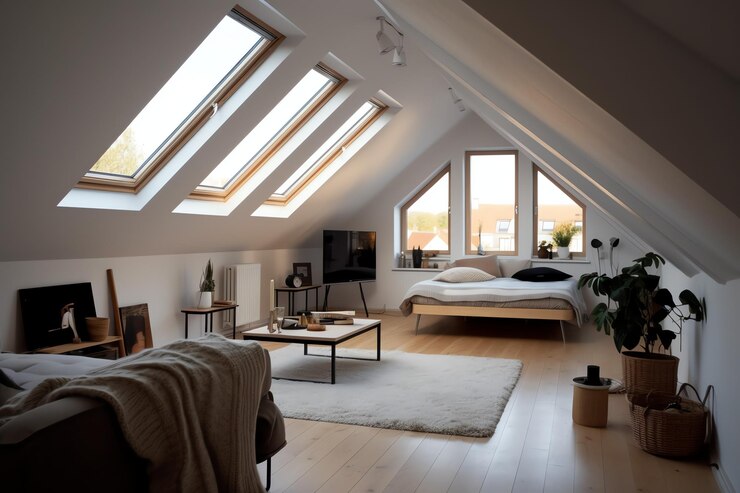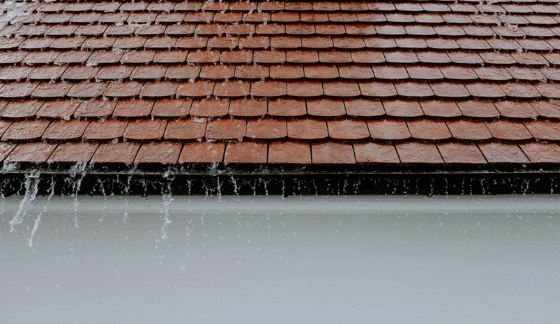
A loft conversion in Essex or elsewhere in the country gives owners the chance to make the most of their property by adding extra space without having to build an expensive or intrusive addition. That being said, knowing the project’s financial ramifications is essential for efficient planning, anticipating obstacles, and eliminating last-minute financial pressure.
In this article, we will look into the entire budget breakdown for loft conversion in Essex. Homeowners can make smarter financial and project decisions with this knowledge.
Design and Planning Fees
Architectural plan fees, planning permit fees, structural engineer fees, and building registration approval fees are the several categories of design and planning fees. The cost of the architectural designs includes initial consultations, 3D representations, and the production of comprehensive architectural drawings and plans required for the loft conversion.
The cost of the planning permission depends on the scope of the conversion and local laws. Nonetheless, the cost encompasses advice, documentation, and application expenses. The design calculations and evaluation report are covered by the structural engineer’s costs. Finally, application, inspection, and final approval fees are included in the costs related to building rules approvals.
Construction Costs of a Loft Conversion in Essex
The type and complexity of the loft conversion in Essex affect the construction prices, which vary. The three most typical styles are mansard, dormer, and plain loft conversions. The cost of materials is one of the factors that affects the construction cost of each of these types.
It is usually a good idea to throw in a contingency budget for unforeseen expenses that may develop during construction regardless of the type of loft conversion Essex you pick. The contingency budget should provide for roughly 10–20% of your overall budget since these unanticipated costs may include structural problems that were missed during the initial inspections. Budgeting effectively and anticipating construction costs can ensure a seamless construction process.
Interior Finishing Costs
Interior finishing expenses often include plumbing, electrical, bathroom fixtures, walls, and ceilings in addition to flooring. Note that the cost of interior finishing for a loft conversion in Essex project will vary based on which elements are needed. Furthermore, factors such as material quality, customization options, and DIY versus professional installation greatly impact the overall cost of interior finishings.
You may create a lovely, useful loft area that raises the overall value and coziness of your house by carefully choosing finishes and materials that fit your budget.
Additional Costs of a Loft Conversion in Essex
Additional expenses that can come up while constructing the loft conversion in Essex include installing windows, staircases, outside work, and, if necessary, a contingency fund. These extra expenses should be taken into account since they may significantly affect your loft conversion’s overall cost, usability, and quality.
Proper planning and budgeting can assist in guaranteeing that these elements are managed properly and without cost overruns.
Conclusion
When compared to buying a different house or building a traditional extension, loft conversions provide homeowners with the advantage of adding extra room to their house at a minimal expense. However, a successful loft conversion in Essex requires careful planning.
Homeowners can be sure that the planning process will be both economical and successful if they have a grasp of the cost breakdown as described in this article. Maximizing the advantages of a loft conversion necessitates having a comprehensive understanding of the costs associated with it.



Comments are closed.